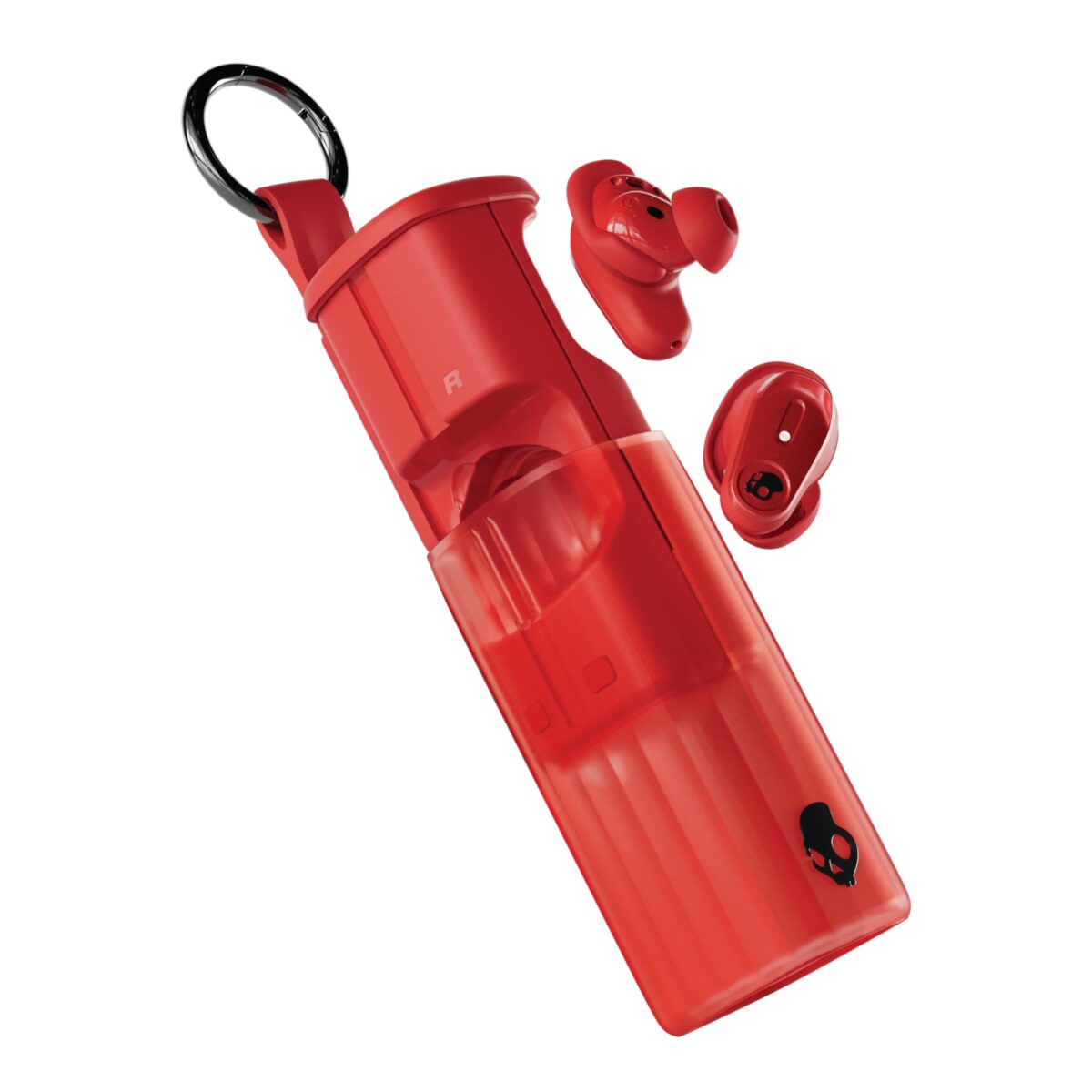Soundcore P30i by Anker Noise Cancelling Earbuds Review
We independently review everything we recommend. When you buy through our links, we may earn a commission which is paid directly to our Australia-based writers, editors, and support staff. Thank you for your support!
soundcore P30i by Anker Noise Cancelling Earbuds, Smart Noise Cancellation, Powerful Bass, 45h Playtime, 2-in-1 Case and Mobile Phone Stand, IP54, Wireless Headphones, Bluetooth 5.4 (Refurbished)










